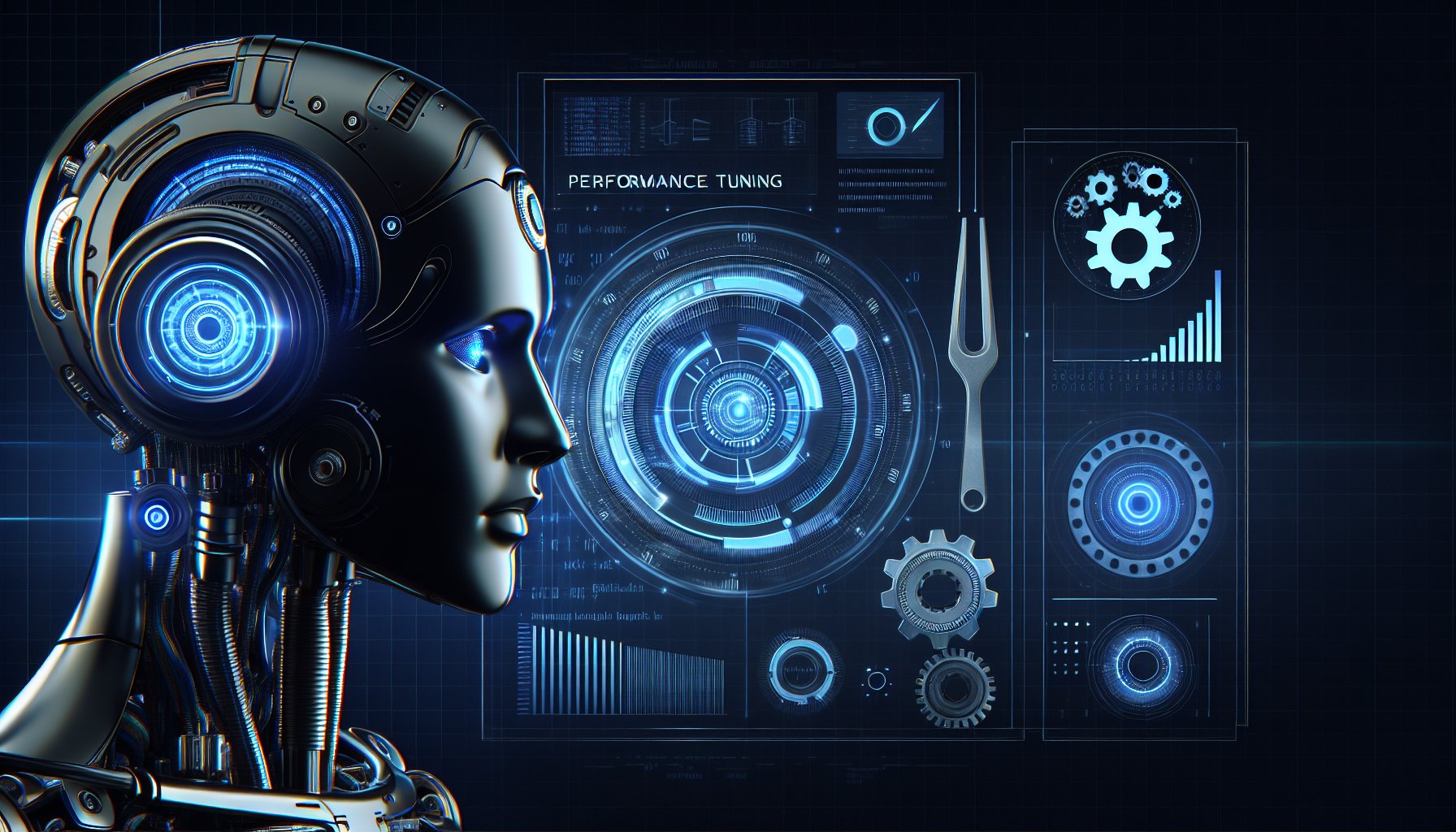Introduction
As the IT landscape continues to evolve rapidly, performance tuning has become a critical component in ensuring that systems are running optimally. This blog post provides the latest insights into cutting-edge performance tuning practices, focusing on modern development methodologies, current industry standards, and emerging technologies.
Understanding Performance Tuning
Performance tuning is the process of optimizing system performance, improving system efficiency, and minimizing unnecessary resource usage. It's a crucial practice in modern IT environments that need to handle increasing data volumes, complex applications, and demanding user expectations.
Machine Learning for Performance Tuning
Machine learning has emerged as a key player in the realm of performance tuning. ML algorithms can analyze vast datasets, identify performance bottlenecks, and provide actionable insights. This automated, data-driven approach allows for proactive optimization, saving valuable time and resources.
# Example of using a ML algorithm for performance tuning
import numpy as np
from sklearn.ensemble import RandomForestRegressor
# Train the model
X = np.array([...]) # Feature matrix
y = np.array([...]) # Target vector
regr = RandomForestRegressor(max_depth=2, random_state=0)
regr.fit(X, y)
# Predict performance
performance = regr.predict(...)
Cloud-based Solutions for Performance Tuning
Cloud-based solutions offer scalable, flexible, and cost-effective options for performance tuning. Cloud providers offer tools for performance monitoring, diagnostics, and optimization, allowing businesses to fine-tune their applications and services in real-time, based on the actual demand and usage patterns.
Edge Computing: The Frontier of Performance Tuning
Edge computing is rapidly becoming a game-changer in performance tuning. By processing data closer to the source, edge computing minimizes latency and bandwidth usage, leading to improved performance. Additionally, edge computing allows for real-time data analysis, enabling instant performance optimization.
Conclusion: Key Takeaways
The future of performance tuning lies in embracing cutting-edge technologies and methodologies. Machine learning and cloud-based solutions offer powerful tools for performance optimization. The rise of edge computing opens up new opportunities for real-time, localized performance tuning. By staying abreast of these developments, IT professionals and businesses can ensure that their systems are running at peak efficiency, ready to meet the challenges of tomorrow.
